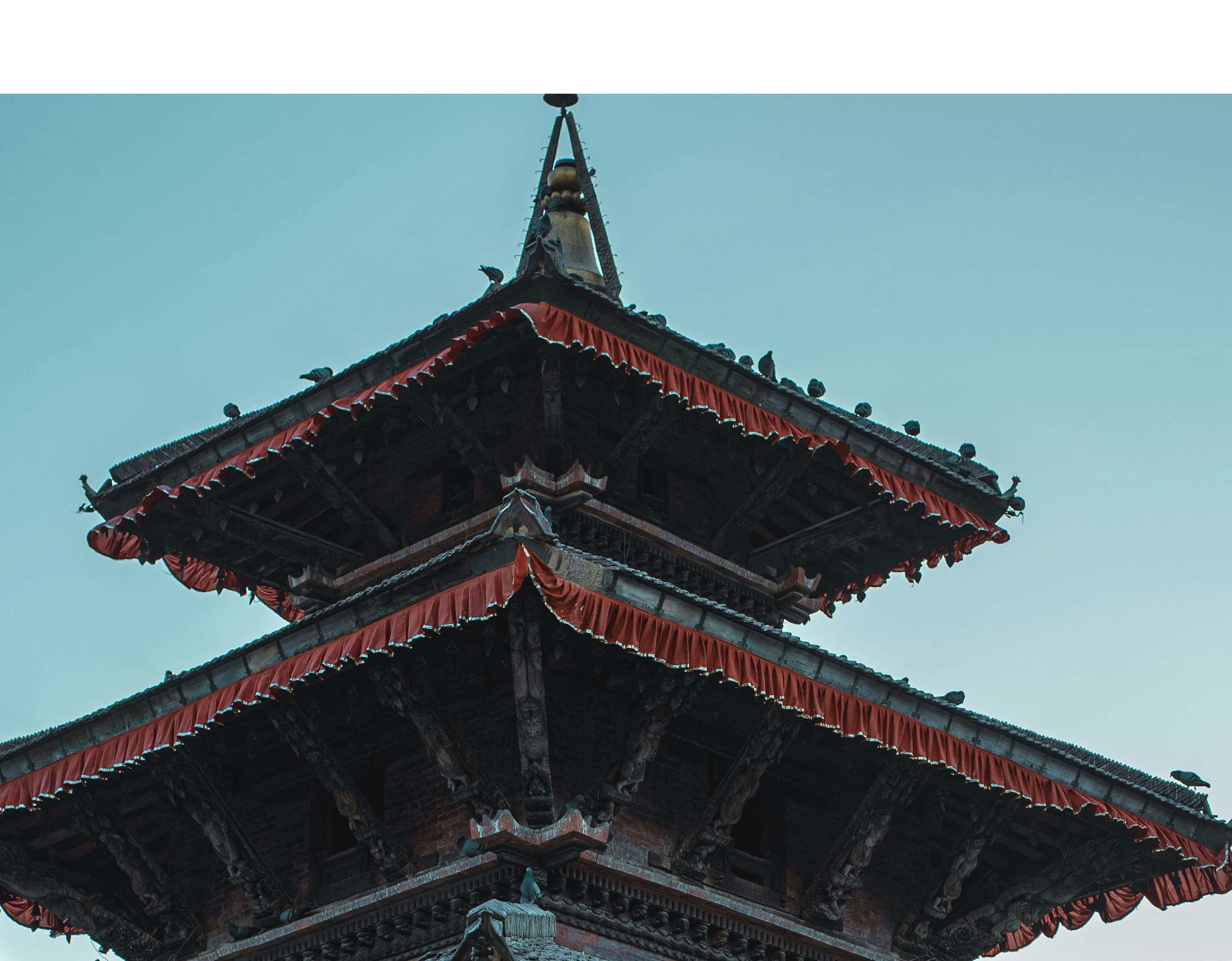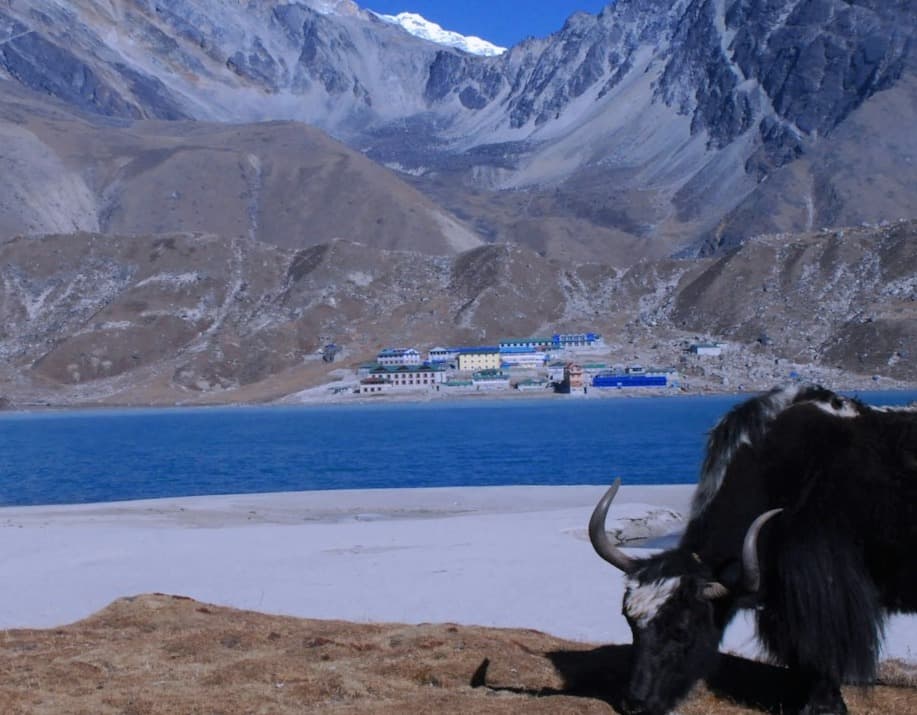Nepal Photography Tour Highlights
Embark on a captivating photography tour designed for enthusiasts eager to enhance their photography skills while exploring the stunning landscapes and cultural heritage of Nepal. This tour is a dream for photographers, offering a chance to capture the diverse and picturesque landscapes of Nepal, from the awe-inspiring Himalayas to the rich cultural tapestries of ancient cities and the vibrant wildlife of the Terai region.
Tour Overview:
Nepal, home to eight of the world's highest peaks and ten UNESCO World Heritage Sites, offers an unmatched array of photographic opportunities. The tour includes visits to the historic Kathmandu Valley, with its ancient temples and vibrant street life; the serene beauty of Pokhara, known for its stunning lake views against a backdrop of towering mountains; and the wild jungles of Chitwan National Park, where wildlife roams freely in its natural habitat. Each location provides unique subjects for photography, from panoramic mountain vistas and intricate architectural details to intimate portraits of daily Nepalese life and rare wildlife encounters.
Photographic Opportunities:
Capture the dynamic range of Nepal’s landscapes, from the terraced fields of the lush valleys to the snow-capped peaks of the Himalayas. The ancient streets of Kathmandu offer a deep dive into Nepal’s historical heritage with exquisite temples and bustling market scenes. In Chitwan, you have the chance to photograph endangered species like the Bengal tiger and the one-horned rhinoceros in their natural environment, along with a plethora of birdlife.
Customizable Itineraries:
Partnering with expert local photographers, Heaven Himalaya offers tailored photography tours that cater to your specific interests. Whether you are drawn to street photography, architectural landscapes, or wildlife, the tour can be customized to focus on your preferred genres. Options range from short local excursions to extensive 15-day adventures that take you into the heart of the Himalayas.
Skill Enhancement:
This tour is suited for photographers of all skill levels, from hobbyists to seasoned professionals. Under the guidance of experienced photographers, participants will learn to refine their technique and approach to various types of photography, including landscapes, portraits, street scenes, and wildlife. The tour not only aims to help you capture beautiful images but also to foster an understanding of the photographic process from composition and lighting to capturing the essence and spirit of the subject.
Whether you’re looking to immortalize the majestic landscapes of Nepal, delve into the intricate details of its cultural heritage, or capture the raw beauty of its wildlife, the Nepal Photography Tour offers a comprehensive platform to enhance your photographic skills while creating unforgettable memories.
Essential Information for Nepal Photography Tour
Nepal offers an unparalleled experience for amateur photographers and professionals alike, with its rich tapestry of natural landscapes and vibrant cultural heritage. Known for its dramatic scenery, including the majestic Himalayas and lush, terraced hillsides, Nepal presents endless opportunities for capturing stunning photographs. The country's blend of ancient Hindu and Buddhist traditions adds a deep cultural dimension to any photography tour. Many of Nepal’s culturally significant sites, including several that are recognized as UNESCO World Heritage Sites, offer fantastic subjects for photographers seeking to add historical depth to their portfolios.
A photography tour in Nepal isn’t just about capturing landscapes; it’s also an opportunity to document life in its many forms and hues. From bustling city bazaars to serene monasteries perched in the mountains, the scenes you encounter will be as diverse as they are mesmerizing. The tour will guide you through some of the most photogenic locales, from the architectural wonders of Kathmandu Valley to the panoramic mountain vistas in Pokhara and the wildlife-rich jungles of Chitwan National Park.
Preparing for Your Trip
When packing for a photography journey through Nepal, it’s essential to be well-equipped but also to pack efficiently. A durable camera bag is necessary to protect your gear as you traverse diverse terrains. For camera equipment, include a range of lenses to suit different shooting scenarios: a wide-angle lens for landscapes, a standard zoom for general purposes, and a telephoto lens for wildlife. A sturdy tripod can help with long exposures, especially in low-light conditions at dawn or dusk. Don’t forget to bring extra batteries, memory cards, and a portable hard drive or laptop for backing up photos each day.
Clothing and Accessories
The climate in Nepal can vary significantly, so it’s important to pack for all conditions. Durable, comfortable footwear is essential. Layered clothing will accommodate fluctuating temperatures, with a warm jacket necessary for chilly mornings and evenings, especially at higher altitudes or during the winter months. A waterproof jacket can help you stay dry during sudden downpours. Accessories like a woolen hat, gloves, and a scarf are also recommended for cold weather, particularly from December to February.
Travel and Cultural Considerations
Timing your visit can greatly impact the kind of photographic opportunities you might encounter. The post-monsoon months of October and November offer clear skies and excellent mountain visibility, making them ideal for landscape photography. These months also coincide with Nepal’s festival season, providing a chance to capture vibrant local celebrations like Dashain and Tihar. If you visit during the spring, from March to May, you'll find the hillsides blanketed in rhododendrons and other wildflowers, adding a burst of color to your photographs.
Photography tours in Nepal require sensitivity towards local customs and traditions. Always ask for permission before photographing people, and respect any cultural norms or restrictions at religious sites. Engaging with local communities can also enrich your experience, offering deeper insights and stories behind your photographs.
Essential Documents and Electronics
Ensure your passport is valid for at least six months upon arrival, and bring along a few passport-sized photographs for various permits or a local SIM card. Carry a list of important contacts and a copy of your itinerary for easy reference. For electronics, an adapter/converter for Nepal’s power outlets and extra charging equipment for all devices are crucial.
By meticulously preparing and immersing yourself in the cultural and natural beauty of Nepal, your photography tour will not only yield a diverse portfolio of images but also provide a truly transformative travel experience.


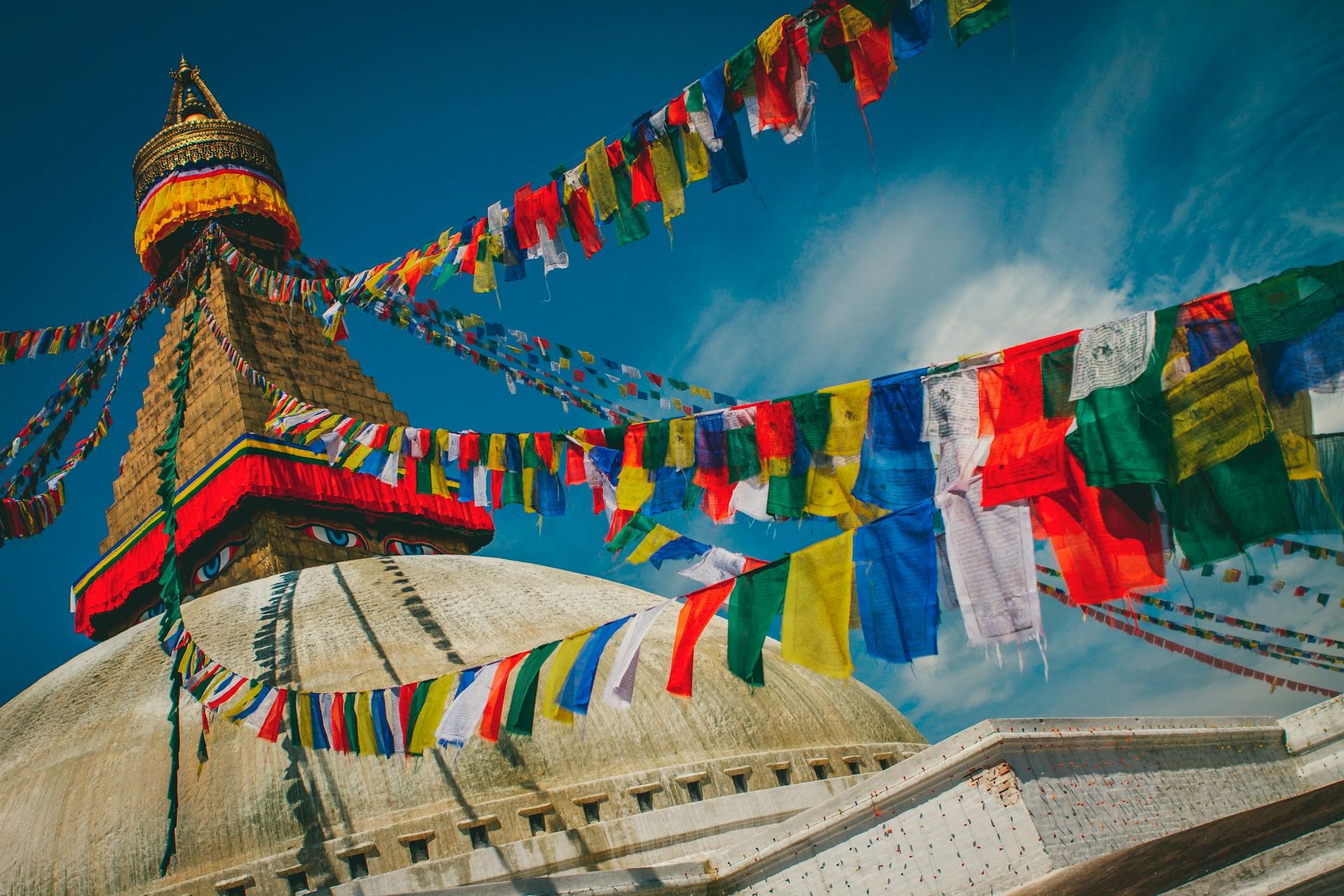
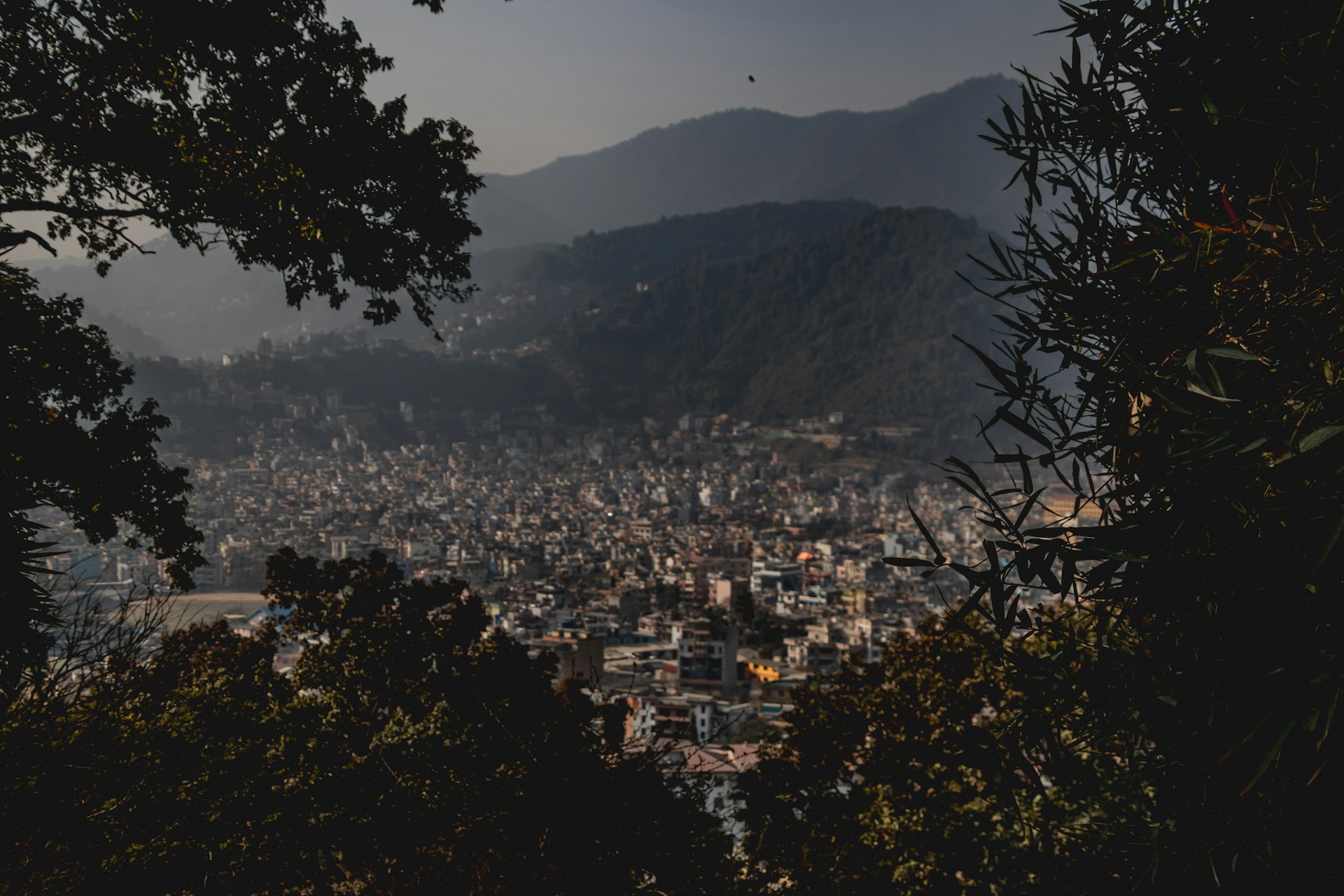
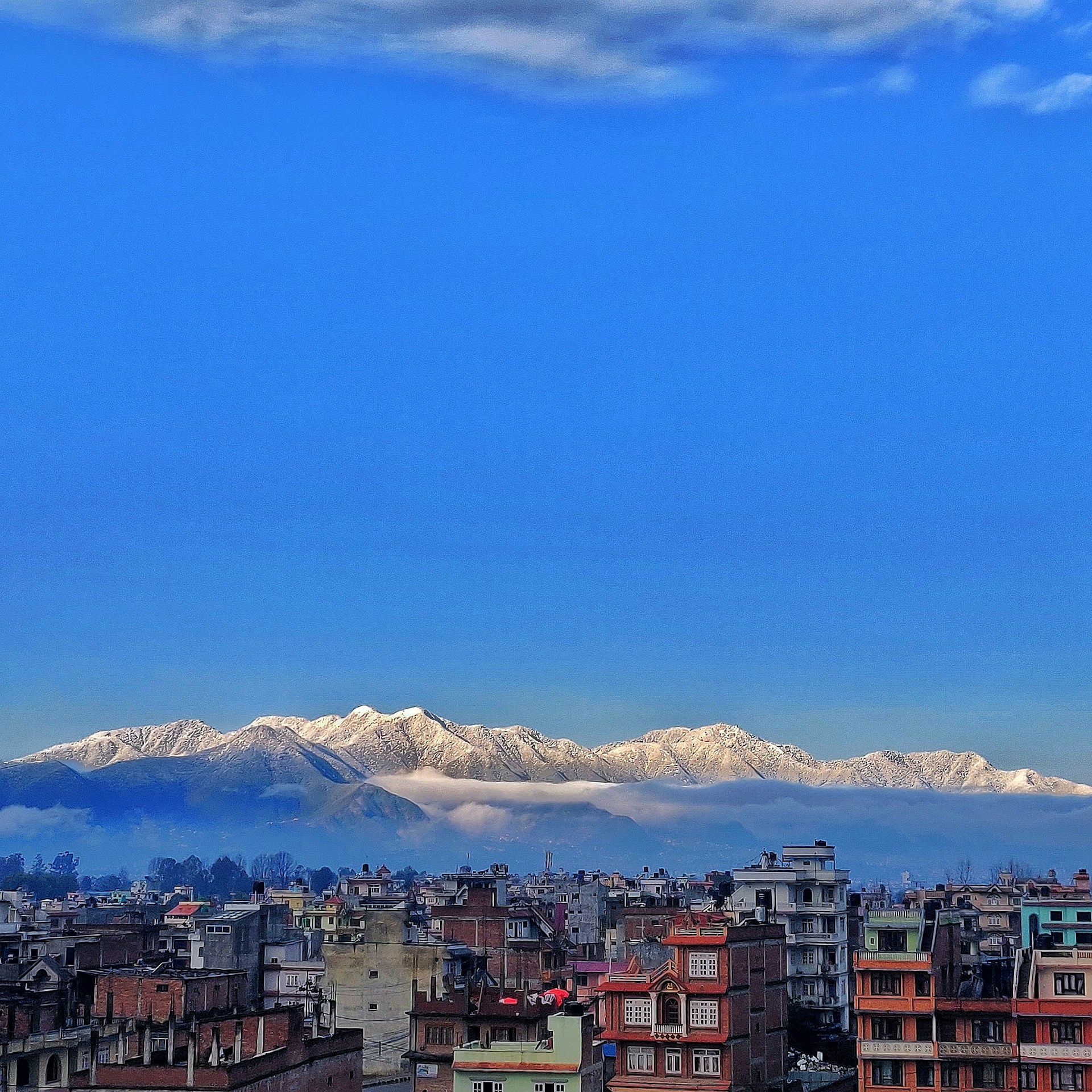
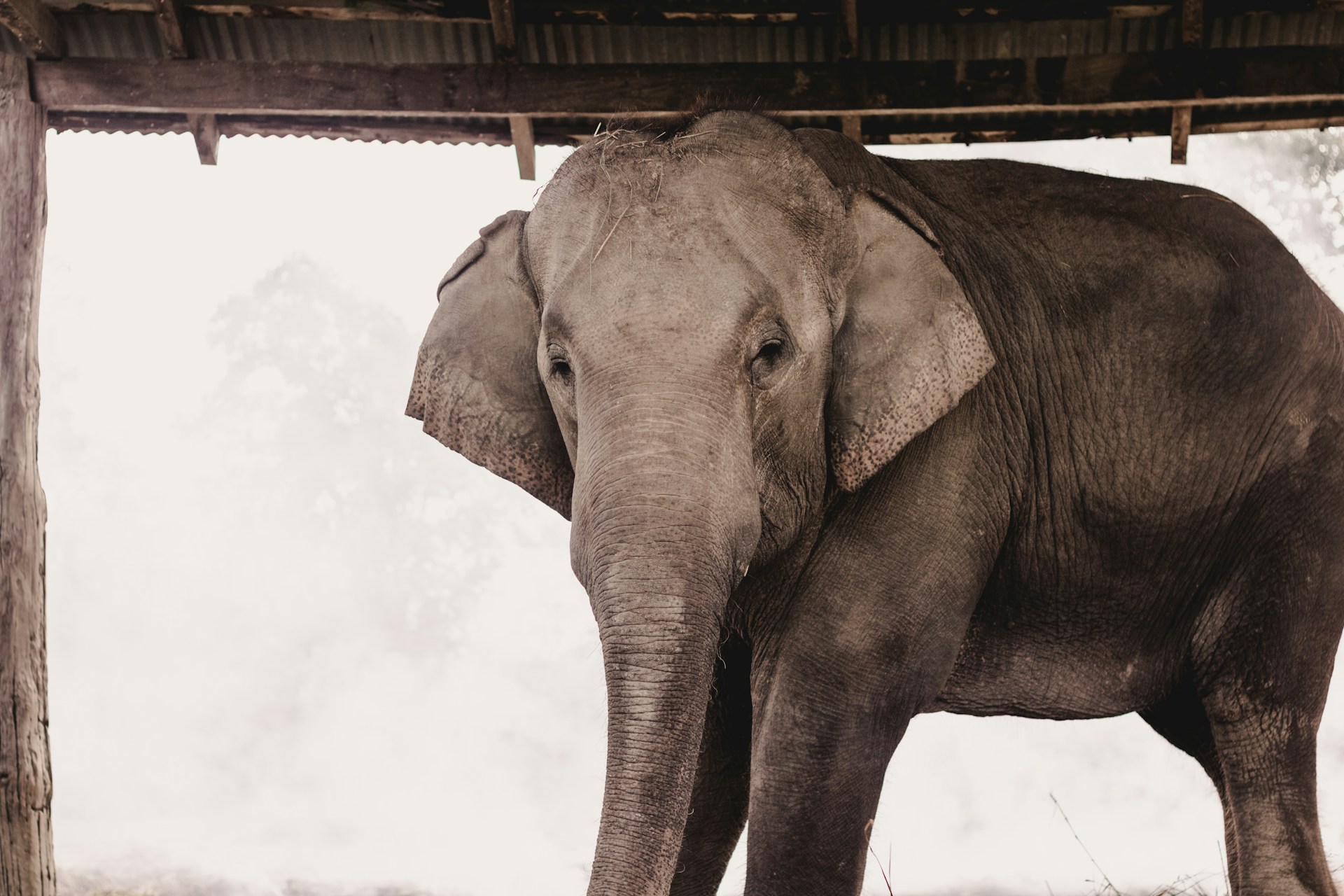
.jpg)
